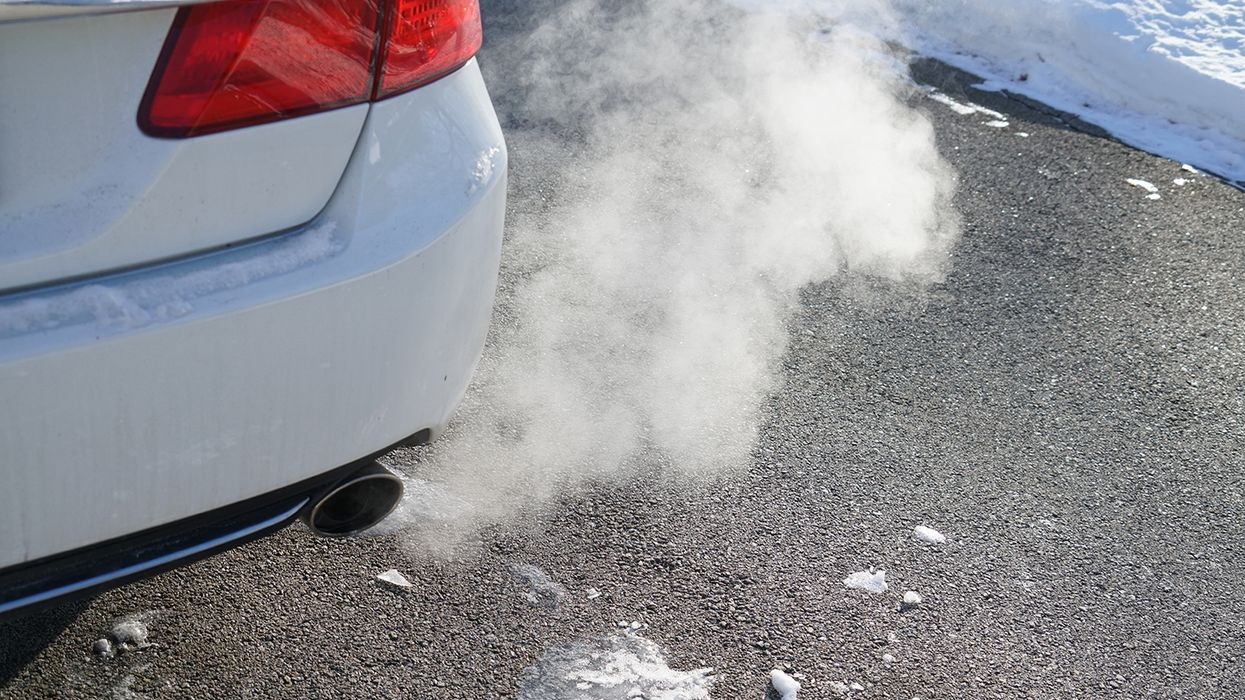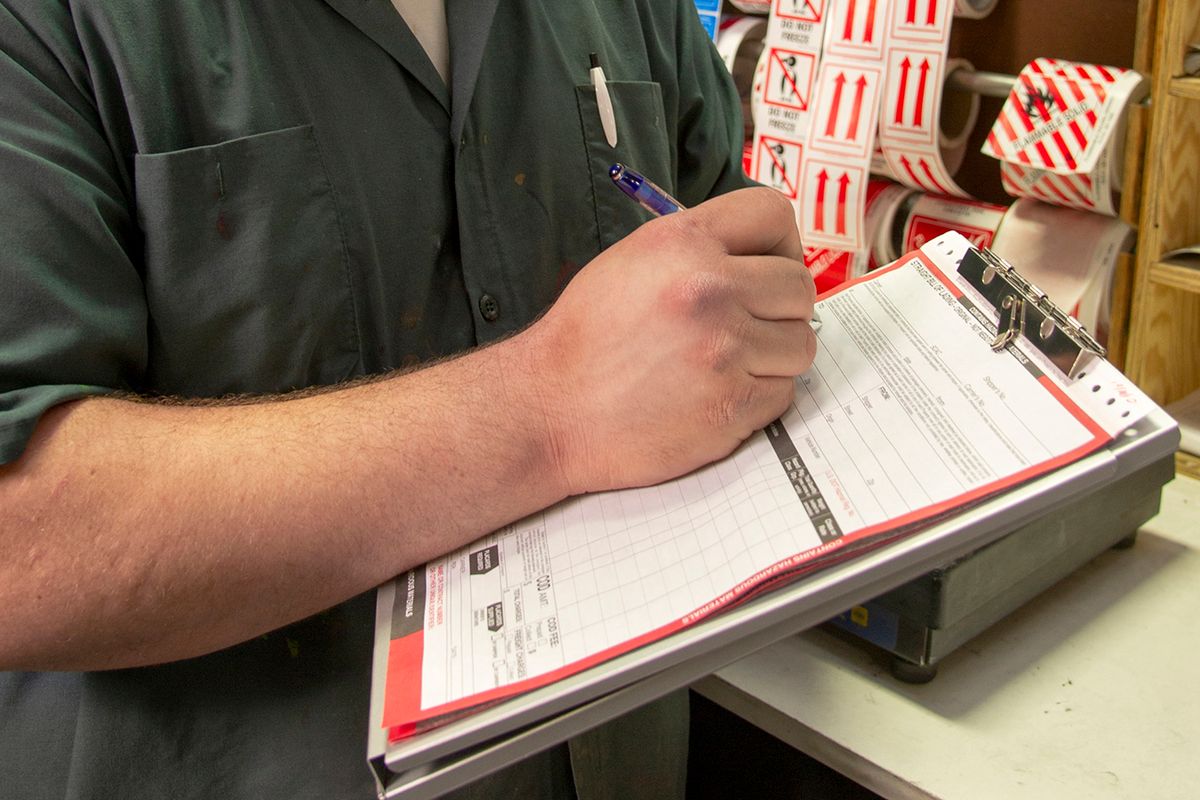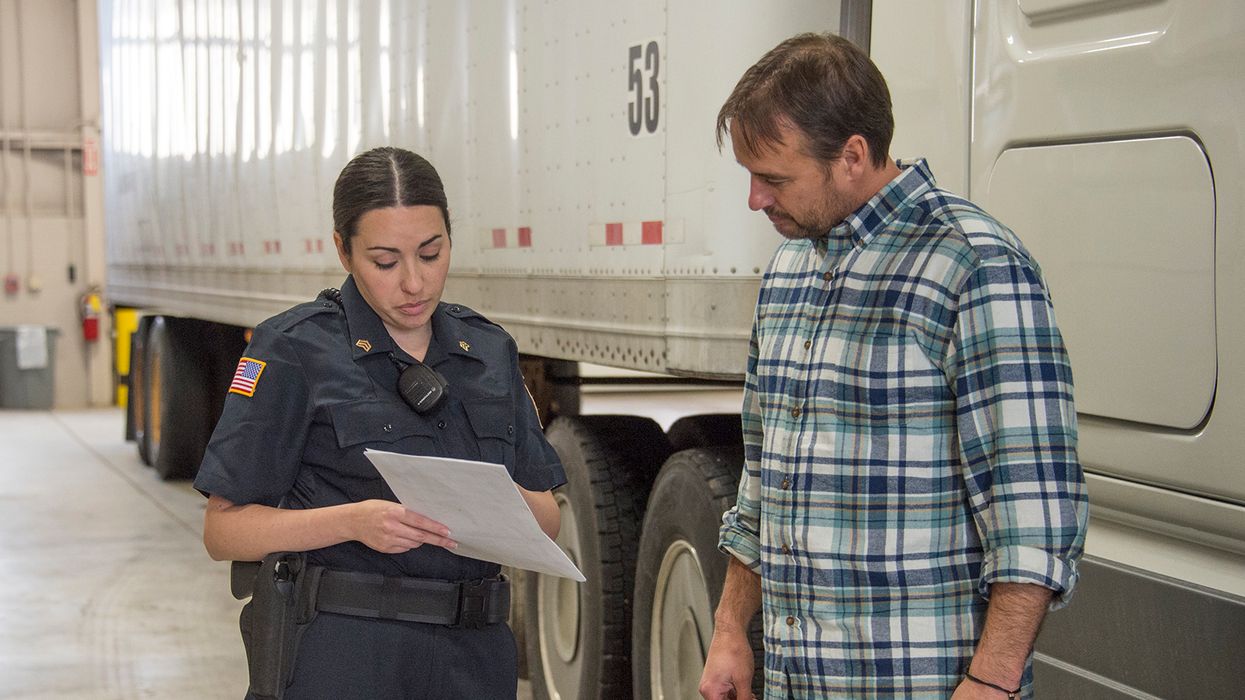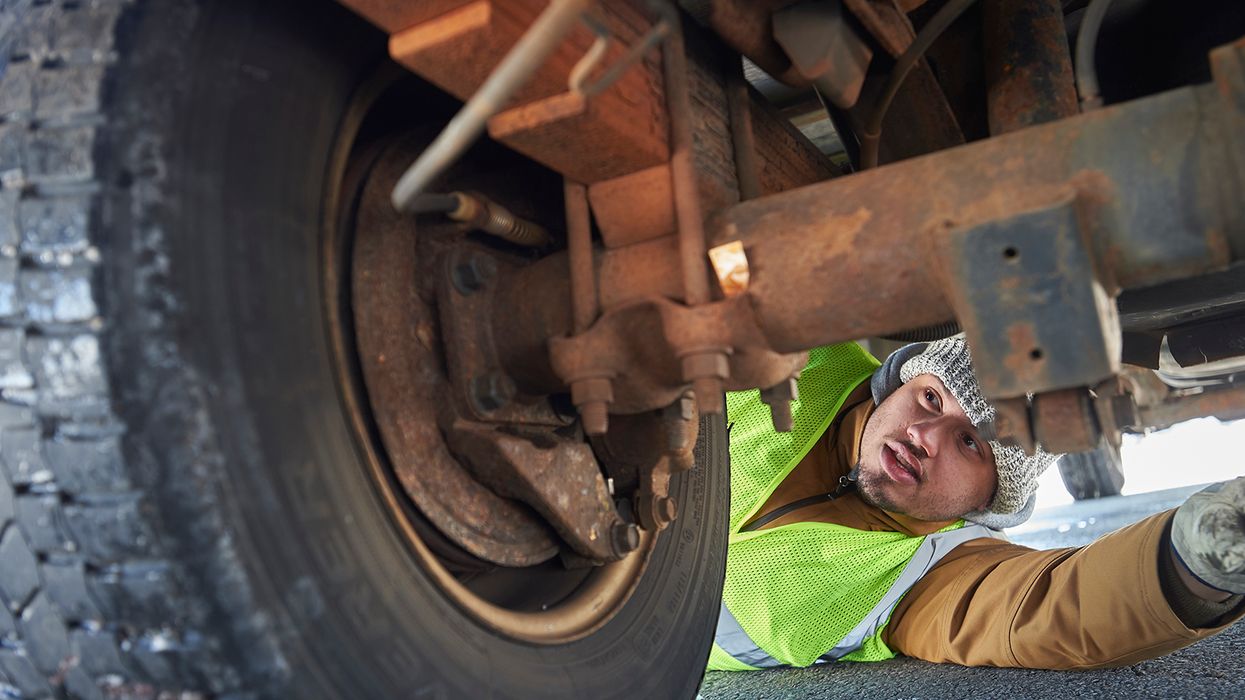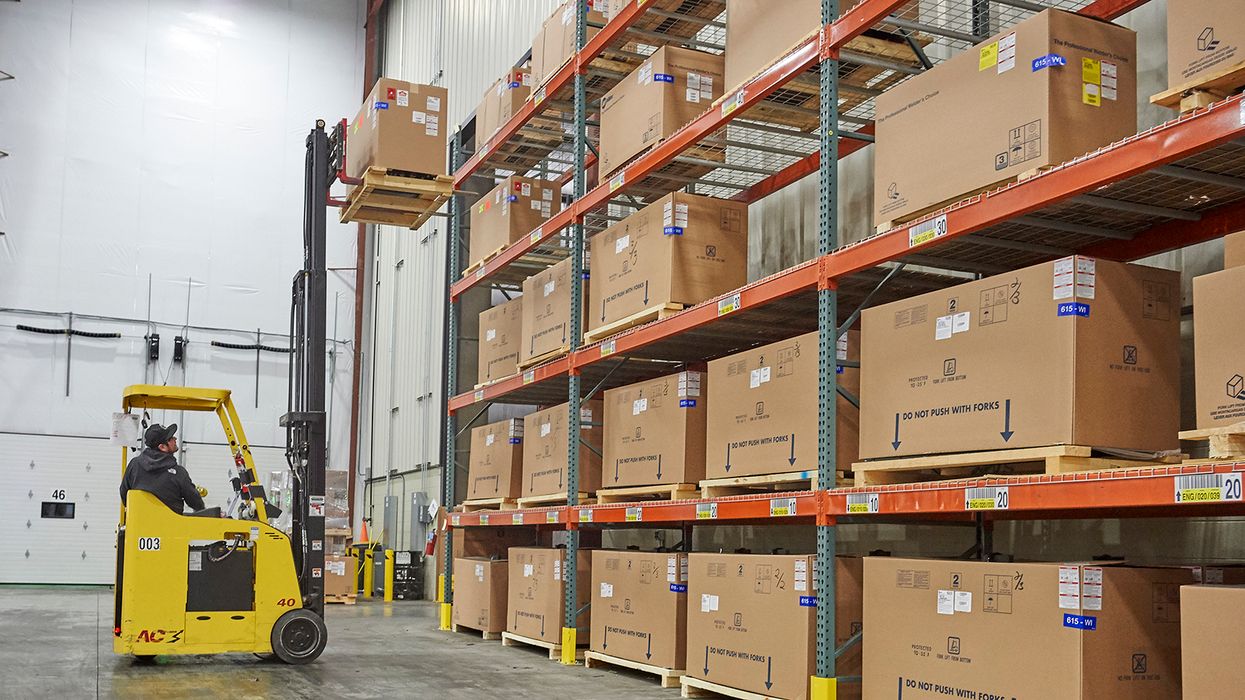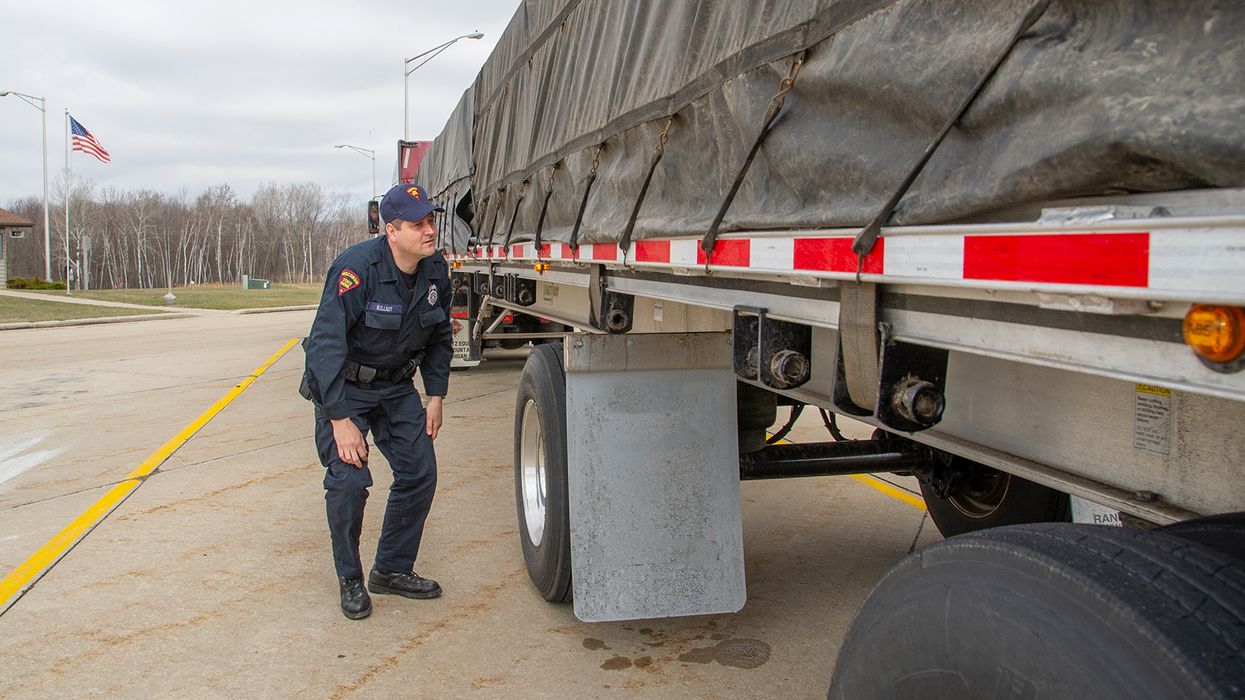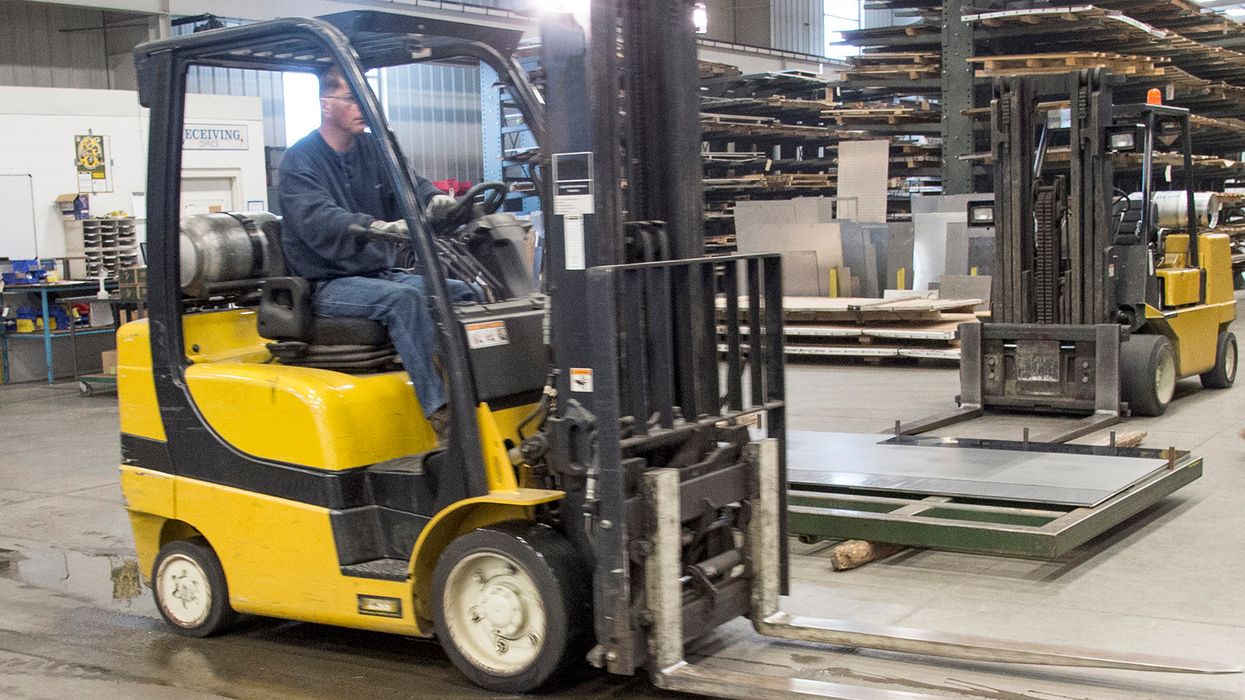How much rest is enough during personal conveyance?
One question that has come up in the area of personal conveyance is what is meant by, “time driving under personal conveyance must allow the driver adequate time to obtain the required rest.”
The extension of this question is, when a driver uses personal conveyance (off-duty driving), how much of the break time can be used for driving and how much must be available for resting?
As an example, is it allowed for a driver to have 10 hours off, with six of the hours being spent in personal conveyance commuting to and from home (three hours each way)?
No solid answer
Unfortunately, the regulations and official interpretations do not provide hard and fast numbers. There is a letter from the Federal Motor Carrier Safety Administration (FMCSA) written years ago that stated the driver should have roughly eight hours off after the completion of a personal conveyance move and before returning. According to the letter, this is what could be considered “adequate time to obtain the required rest.” There are also sleep and fatigue studies that state roughly eight hours of sleep is adequate rest.
That letter, however, was an unofficial response to a carrier’s question and the sleep research is not incorporated into the FMCSA’s regulations.
Common sense and best practice
Even though not adopted in the regulations and interpretations, the driver having eight hours available to rest has become the unofficial standard. If the driver’s personal conveyance time was six hours (three hours getting to the personal conveyance destination and three hours getting back to the duty location), that means the driver should have a total of 14 hours off. This would provide enough time for the commute and leave eight hours available for rest. Anything less than that would be grounds for concern.
Reason for concern
The worry here is not a violation for failing to provide the driver with enough time to get adequate rest during an off-duty period. The big fear would be the driver getting a violation for operating when ill or fatigued, or the driver being involved in a fatigue-related crash. If the driver had used the bulk of the break for personal conveyance, you may find yourself in a situation where you are unable to defend yourself after an accident.
Key to remember: While not required in the regulations, the best practice is to make sure the driver has at least eight hours available for rest when personal conveyance is involved in the break time.






























